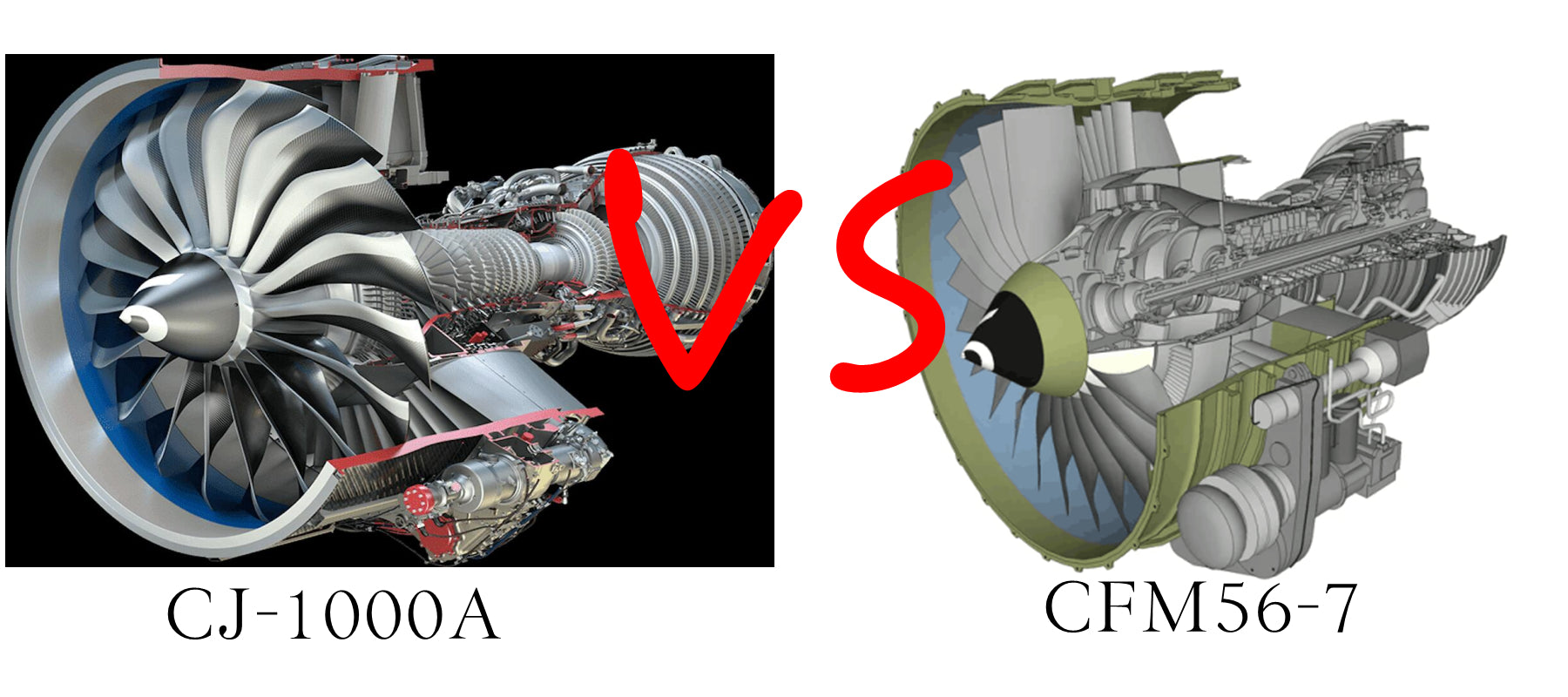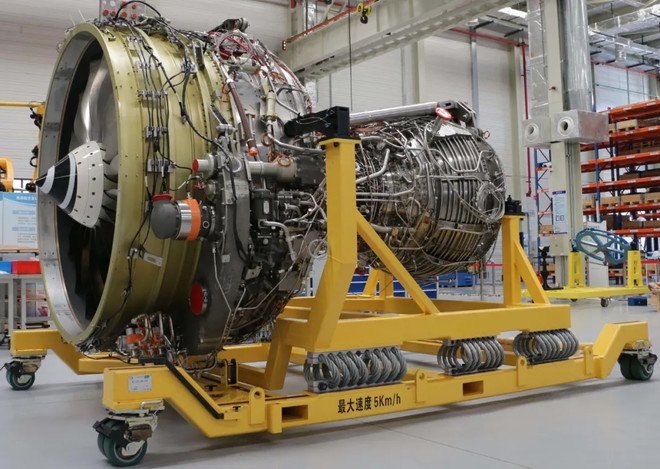
CJ-1000A vs CFM56-7 Turbofan Engine | EngineDIY
Exploring Advancements in Commercial Aviation
Introduction:
In the ever-evolving landscape of commercial aviation, the development of advanced engines plays a pivotal role in enhancing aircraft performance, fuel efficiency, and environmental sustainability. This blog post aims to compare two notable engines, the CJ-1000A and CFM56-7, shedding light on their technological advancements and their impact on the aviation industry. By examining their design features, applications, performance metrics, and manufacturing origins, we can gain valuable insights into the future of commercial aviation.
I. Engine Design and Technological Features:
The CJ-1000A engine is a high-bypass turbofan engine, developed by China Commercial Aircraft Engine Co., Ltd., for the C919 aircraft project. It boasts a high bypass ratio and incorporates advanced combustion technologies, aiming to deliver improved fuel efficiency and lower emissions. On the other hand, the CFM56-7 engine, produced by CFM International—a joint venture between GE Aviation and Safran Aircraft Engines—is a proven turbofan engine known for its reliability and efficiency.
II. Application and Aircraft Integration:
The CJ-1000A engine is specifically designed for the C919, a domestically developed large commercial jet aimed at challenging industry leaders such as the Boeing 737 and Airbus A320 families. Meanwhile, the CFM56-7 engine is extensively utilized in the Boeing 737 Next Generation (737NG) series, including models like the 737-600, 737-700, 737-800, and 737-900. Both engines cater to different aircraft platforms and have been tailored to meet the specific requirements of their respective airframes.
III. Performance Metrics:
The CJ-1000A engine offers a thrust range of approximately 20,000 to 24,000 pounds, while the CFM56-7 engine provides a thrust range of around 20,000 to 27,000 pounds. These engines are optimized for medium-haul flights, with each aiming to deliver optimal performance in terms of fuel efficiency, thrust output, and operational reliability. Both engines contribute to the overall performance of their host aircraft, ensuring a balance between power and economy.
IV. Manufacturing Origins:
The CJ-1000A engine is a testament to China's ambition to establish a strong presence in the aviation industry. Developed by a Chinese company, it signifies the country's drive for technological self-reliance. In contrast, the CFM56-7 engine is the result of a successful joint venture between GE Aviation and Safran Aircraft Engines, combining the expertise and resources of two renowned aerospace companies. The collaboration has yielded significant advancements in engine technology and market penetration.
The CJ-1000A engine represents China's determination to advance its aerospace capabilities and reduce its dependence on foreign engine manufacturers. With its focus on high bypass ratio and advanced combustion technologies, the CJ-1000A aims to achieve greater fuel efficiency and lower emissions, aligning with global environmental regulations. As the engine progresses through development and testing, it holds the potential to contribute to the future of sustainable aviation.

In comparison, the CFM56-7 engine has a long-standing reputation for reliability and efficiency. However, with the rapid advancements in engine technology and the increasing emphasis on sustainability, there has been a shift towards newer engine designs. CFM International, the manufacturer of CFM56 engines, has also introduced the LEAP (Leading Edge Aviation Propulsion) engine series, which offers improved fuel efficiency, reduced noise levels, and lower emissions compared to the CFM56 engines.
The introduction of the LEAP engines signifies the industry's continuous drive for innovation and improved performance. These engines utilize advanced materials, such as lightweight composites, and incorporate technologies like 3D-printed components and optimized aerodynamics. The LEAP engines have been selected by aircraft manufacturers like Boeing and Airbus for their latest aircraft models, such as the Boeing 737 MAX and Airbus A320neo.
Looking ahead, the CJ-1000A engine will likely undergo further refinement and optimization, benefiting from the valuable insights gained through its development and testing phase. As China aims to establish itself as a major player in the commercial aviation market, continued investment in research and development will drive the future evolution of its engines.
Similarly, CFM International will continue to enhance its engine offerings. The transition from CFM56 to the LEAP series signifies a commitment to improved fuel efficiency, reduced emissions, and enhanced performance. Ongoing research and development efforts will focus on advancements in engine architecture, materials, and manufacturing techniques to meet the evolving demands of the aviation industry.
Conclusion:
The CJ-1000A and CFM56-7 engines represent significant contributions to the advancement of commercial aviation. While the CJ-1000A engine showcases China's aspirations for technological self-reliance, the CFM56-7 engine has proven its capabilities and reliability over the years.
Both engines contribute to the efficiency and performance of their respective aircraft platforms, ensuring safe and reliable air travel. As the industry continues to prioritize sustainability and technological innovation, these engines will serve as stepping stones towards a greener and more efficient future for commercial aviation.
The ongoing development of the CJ-1000A engine and the introduction of the LEAP engines by CFM International reflect the industry's commitment to pushing boundaries and meeting the demands of a rapidly evolving aviation landscape. With each advancement, we move closer to achieving more fuel-efficient, environmentally friendly, and technologically advanced aircraft that will shape the future of global aviation.
Teching Turbofan Engine


Leave a comment